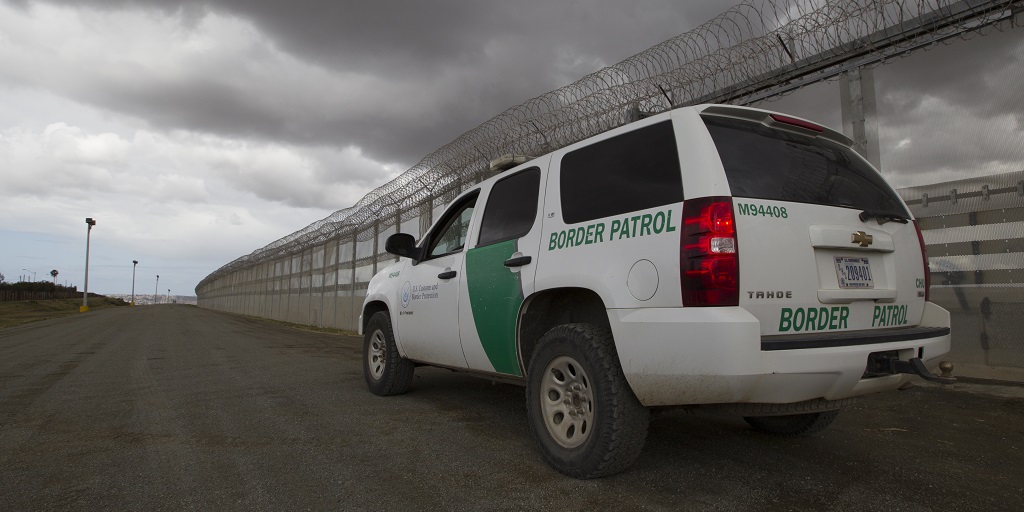U.S. Customs and Border Patrol (CBP) announced in a May 6 memorandum that it would eliminate its Border Patrol Critical Incident Teams (BPCITs). The teams have faced criticism for their secretive role at the scenes of incidents involving Border Patrol agents in which someone has died or been seriously injured.
BPCITs currently respond to critical incidents, defined as “any incident that involves CBP personnel that results in, or is intended or likely to result in, serious bodily injury or death; a use of force; or widespread media attention.” This can result in the Border Patrol investigating itself to protect the agency or individual agents. In fact, Border Patrol itself has described these teams as conducting investigations for “mitigation of civil liability.” There is no known equivalent to such a team in other law enforcement agencies.
The memo, written by CBP Commissioner Chris Magnus, instructs agency components to support preparations to eliminate BPCITs by October 1, 2022. CBP’s Office of Professional Responsibility (OPR), a department specifically assigned oversight authority of CBP employees, will assume responsibility for critical incident response. Earlier this year, CBP issued interim guidance requiring that OPR supervise any use of specialized teams to respond to critical incidents. After OPR takes over responding to critical incidents, the Border Patrol will still be able to collect evidence in certain other situations such as border enforcement seizures and incidents involving property damage but no serious injury.
Preparations for the change will include hiring new staff, developing training and protocols, and acquiring equipment and technology. Congress has already funded OPR to hire as many as 350 new personnel. Some current personnel with relevant skills may be transferred or temporarily assigned to OPR.
BPCITs have existed in some form since 1987 under various names. But they have received limited media attention due to their secretive nature. They are not mentioned in federal statutes or regulations, public government documents, or the Department of Homeland Security acronyms list.
The teams first came to the public’s attention in documents related to the 2010 death of Anastasio Hernandez Rojas. Border Patrol agents “hogtied [Mr. Hernandez Rojas], dragged him, beat him with batons, punches and kicks, stood and kneeled on his body against the ground, and tasered him repeatedly for extended lapses of time, even after he had become unresponsive, thus causing his death.” BPCIT did not notify the San Diego Police Department of the incident. It also refused to provide police with medical records, tampered with evidence, and failed to preserve video evidence.
BPCITs have been conducting investigations without the legal authority to do so, as Congress has not provided the Border Patrol with authority to investigate itself. The only agencies with legal authority to investigate Border Patrol misconduct are state and local law enforcement agencies, the Federal Bureau of Investigations, the DHS Office of Inspector General, and in some limited circumstances, OPR.
In 2013, an external review of CBP’s use-of-force policy recommended defining the authority and role of BPCITs. Instead of following the recommendation, the agency removed all mentions of the teams from the policy.
In October 2021, the Southern Border Communities Coalition called on Congress to investigate BPCITs. In November 2021, the Border Patrol confirmed in a press statement the existence of specialized teams that respond to critical incidents but did not name them.
In January, 10 House and Senate committee and subcommittee chairs called on the Government Accountability Office to investigate BPCITs. The same day, the House Committee on Homeland Security and the House Committee on Oversight and Reform announced their own joint investigation into whether BPCITs had interfered in investigations of Border Patrol use-of-force to protect agents from being held accountable.
BPCITS are a key piece of a larger problem of overall impunity for Border Patrol misconduct. Although CBP does not reliably report deaths from critical incidents, advocates have documented the deaths of over 200 people either in CBP custody or as the result of an encounter with agents since 2010. Deaths from Border Patrol car chases have increased in recent years. No Border Patrol agent has ever been prosecuted for use-of-force that resulted in a death. 160 internal reports of misconduct and abuse by DHS officers, mostly CBP agents, demonstrate the rampant abuse within the agency.
The elimination of BPCITs is an important step. However, the pending congressional and GAO investigations must determine the full scope of these teams’ repeated obstruction of justice. All use-of-force incidents investigated by BPCITs should be re-examined as a further step toward holding the Border Patrol accountable for its culture of violence and impunity.
FILED UNDER: border patrol, Customs and Border Protection


